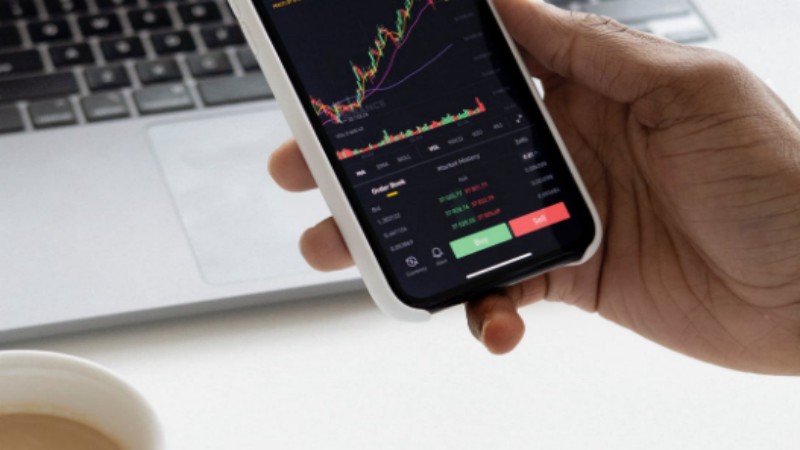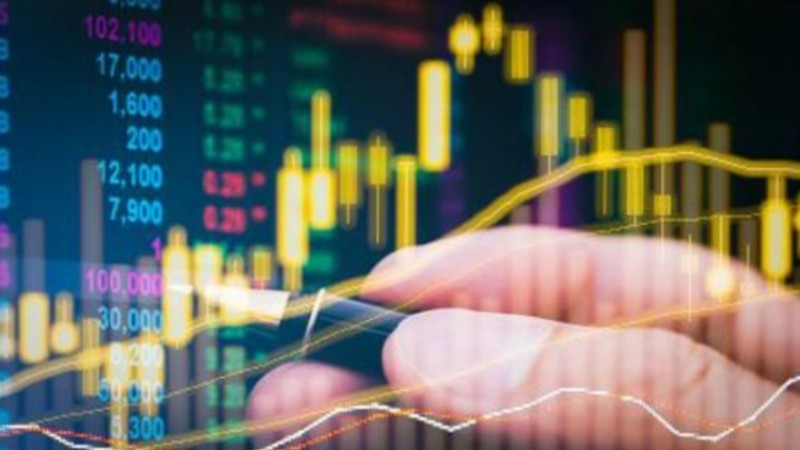
Ultima Markets App
Trade Anytime, Anywhere
Important Information
This website is managed by Ultima Markets’ international entities, and it’s important to emphasise that they are not subject to regulation by the FCA in the UK. Therefore, you must understand that you will not have the FCA’s protection when investing through this website – for example:
- You will not be guaranteed Negative Balance Protection
- You will not be protected by FCA’s leverage restrictions
- You will not have the right to settle disputes via the Financial Ombudsman Service (FOS)
- You will not be protected by Financial Services Compensation Scheme (FSCS)
- Any monies deposited will not be afforded the protection required under the FCA Client Assets Sourcebook. The level of protection for your funds will be determined by the regulations of the relevant local regulator.
Note: Ultima Markets is currently developing a dedicated website for UK clients and expects to onboard UK clients under FCA regulations in 2026.
If you would like to proceed and visit this website, you acknowledge and confirm the following:
- 1.The website is owned by Ultima Markets’ international entities and not by Ultima Markets UK Ltd, which is regulated by the FCA.
- 2.Ultima Markets Limited, or any of the Ultima Markets international entities, are neither based in the UK nor licensed by the FCA.
- 3.You are accessing the website at your own initiative and have not been solicited by Ultima Markets Limited in any way.
- 4.Investing through this website does not grant you the protections provided by the FCA.
- 5.Should you choose to invest through this website or with any of the international Ultima Markets entities, you will be subject to the rules and regulations of the relevant international regulatory authorities, not the FCA.
Ultima Markets wants to make it clear that we are duly licensed and authorised to offer the services and financial derivative products listed on our website. Individuals accessing this website and registering a trading account do so entirely of their own volition and without prior solicitation.
By confirming your decision to proceed with entering the website, you hereby affirm that this decision was solely initiated by you, and no solicitation has been made by any Ultima Markets entity.
I confirm my intention to proceed and enter this website Please direct me to the website operated by Ultima Markets , regulated by the FCA in the United KingdomWhat Does After-hours Trading Mean for Traders
In the financial markets, investment opportunities are no longer limited to regular exchange hours. After-hours trading has become a growing area of interest for many investors.
By understanding how after-hours trading works, investors have the chance to capture major market movements outside of traditional hours and gain a competitive edge.
What is After-hours Trading? Essential Knowledge for Investors
After-hours trading, also known as the after-market, refers to securities trading that takes place after the regular exchange hours. For example, in the US stock market, after-hours trading typically runs from 4:00 PM to 8:00 PM.
Unlike regular trading hours, after-hours sessions tend to have lower trading volumes and higher price volatility. After-hours trading allows investors to react instantly to corporate earnings reports, breaking news, or major policy changes, helping them avoid overnight risk.
While after-hours trading offers more flexibility, investors should be cautious of reduced liquidity and unstable pricing. Proper risk management is essential.

How to Trade After Hours: Master Key Techniques
To conduct after-hours trading, investors must use a platform that offers after-market access.
Specific steps include:
- Log in to your trading platform and ensure it supports after-hours trading.
- Choose the target stock and confirm its availability for after-hours trading.
- Set the order quantity and price, then proceed with the buy or sell order.
- Closely monitor after-hours volume and price changes and adjust positions as needed.
With these straightforward steps, investors can effectively execute after-hours strategies and respond more flexibly to market fluctuations.

What are the Differences between After-hours and Regular Trading?
The main differences between after-hours and regular trading lie in participant volume and market liquidity.
During regular hours, there are more participants, higher volumes, and relatively stable prices. After-hours sessions have fewer participants, significantly lower liquidity, and greater price swings.
The following table provides a quick comparison:
| Category | After-hours Trading | Regular Trading |
| Time | After official trading hours | During official exchange hours |
| Liquidity | Lower | Higher |
| Volatility | Higher | Relatively stable |
| Trading Volume | Low | High |
Investors should allocate capital between regular and after-hours sessions based on their risk tolerance and trading strategy.
Who is After-hours Trading Suitable For?
After-hours trading is not suitable for everyone. It is generally more appropriate for the following types of investors:
- Experienced investors who are familiar with market dynamics
- Short-term traders who can tolerate higher risk
- Investors who want to respond immediately to breaking news
For instance, professional traders often use after-hours trading to react promptly to earnings reports or economic data releases, helping them avoid overnight risks. On the other hand, beginner investors should carefully assess their own capabilities before participating in the after-market.

Analyzing After-hours Trading Volume to Understand Market Trends
In after-hours trading, investors should closely monitor volume changes to gauge market sentiment and trend direction.
When trading volume surges abnormally in the after-market, it often signals the release of significant positive or negative news, leading to sharp price fluctuations. Investors must interpret the news carefully and position themselves strategically to avoid chasing rallies or panic-selling.
With real-time market data and technical analysis tools provided by Ultima Markets, investors can more easily stay on top of after-hours market movements and make informed decisions.

FAQ
Q: Does after-hours trading affect the next day’s stock prices?
A: Yes. Significant movements during after-hours trading may serve as important references for the next day’s opening price, which often directly reflects the after-market performance.
Q: Are there additional fees for after-hours trading?
A: It depends on the broker. Most platforms do not charge additional fees for after-hours trading, but investors should always check the broker’s policy.
Q: What are the risks of low liquidity in after-hours trading?
A: Poor liquidity in the after-market may lead to delayed executions or sharp price swings. It is recommended that investors control their position sizes appropriately to avoid amplified losses.
Q: How to choose a reliable after-hours trading platform?
A: A reliable platform should have a solid reputation, a stable trading system, and real-time data. For example, Ultima Markets offers a high-quality, stable trading environment that supports after-hours trading needs.
Beginner investors can first gain experience using a demo account to familiarize themselves with after-hours trading rules, and then gradually transition to a trading account for live trading.
Key to Mastering After-hours Trading: Use Strategy to Succeed
In conclusion, after-hours trading is an important way for investors to access more market opportunities. By understanding its characteristics and applying the right strategies and techniques, investors can effectively seize the unique potential it offers.
The key to success in after-hours trading lies in an investor’s ability to leverage information advantages, make sound judgments, and manage risk effectively to generate returns in volatile market conditions.
Disclaimer: This content is provided for informational purposes only and does not constitute, and should not be construed as, financial, investment, or other professional advice. No statement or opinion contained here in should be considered a recommendation by Ultima Markets or the author regarding any specific investment product, strategy, or transaction. Readers are advised not to rely solely on this material when making investment decisions and should seek independent advice where appropriate.












